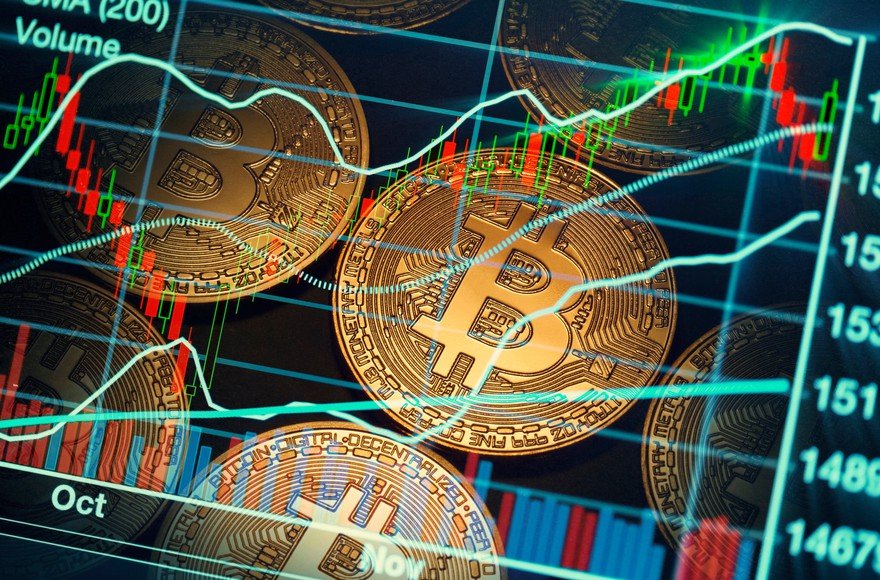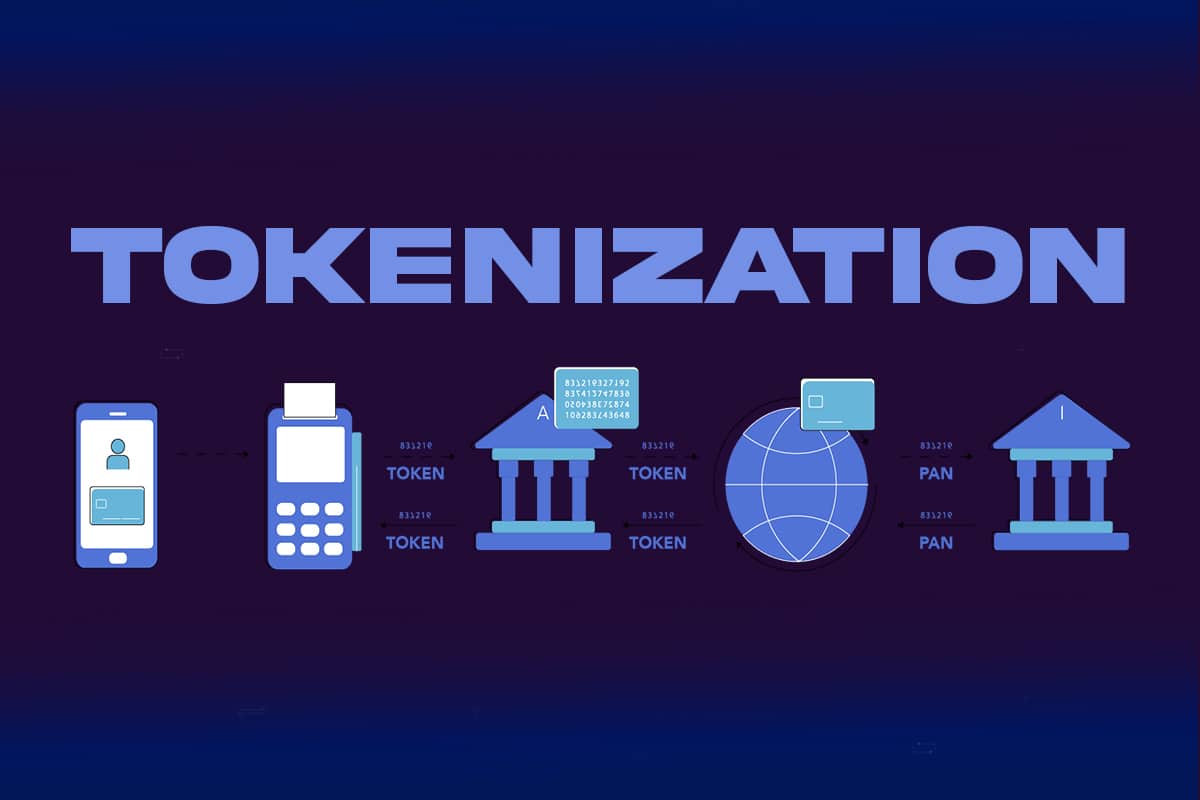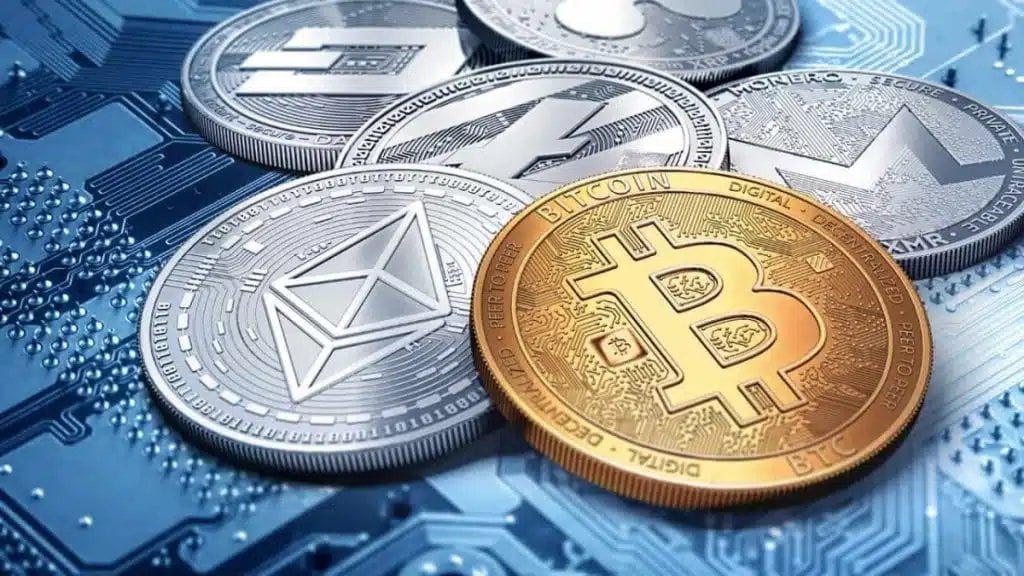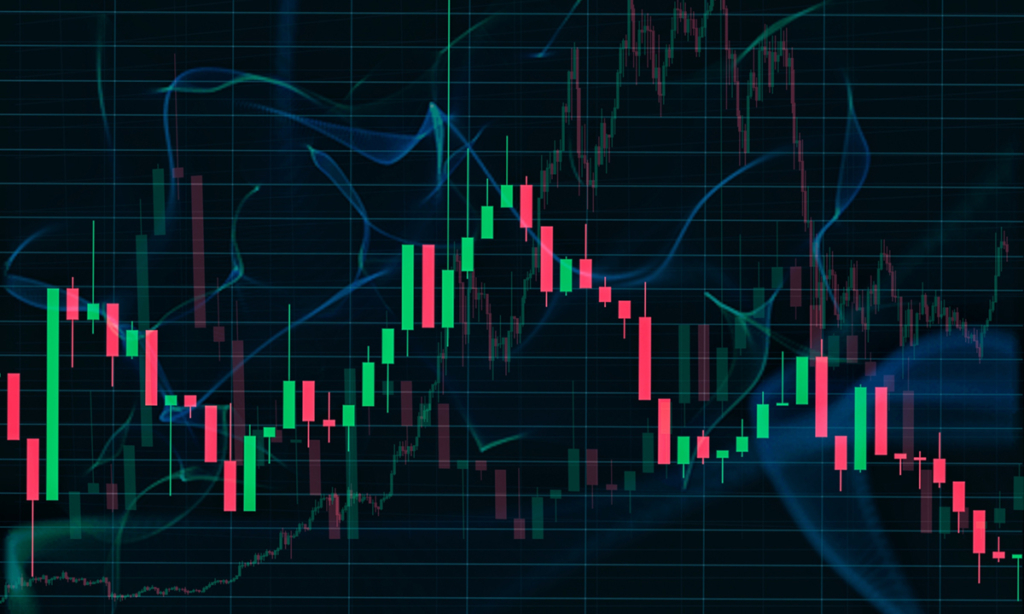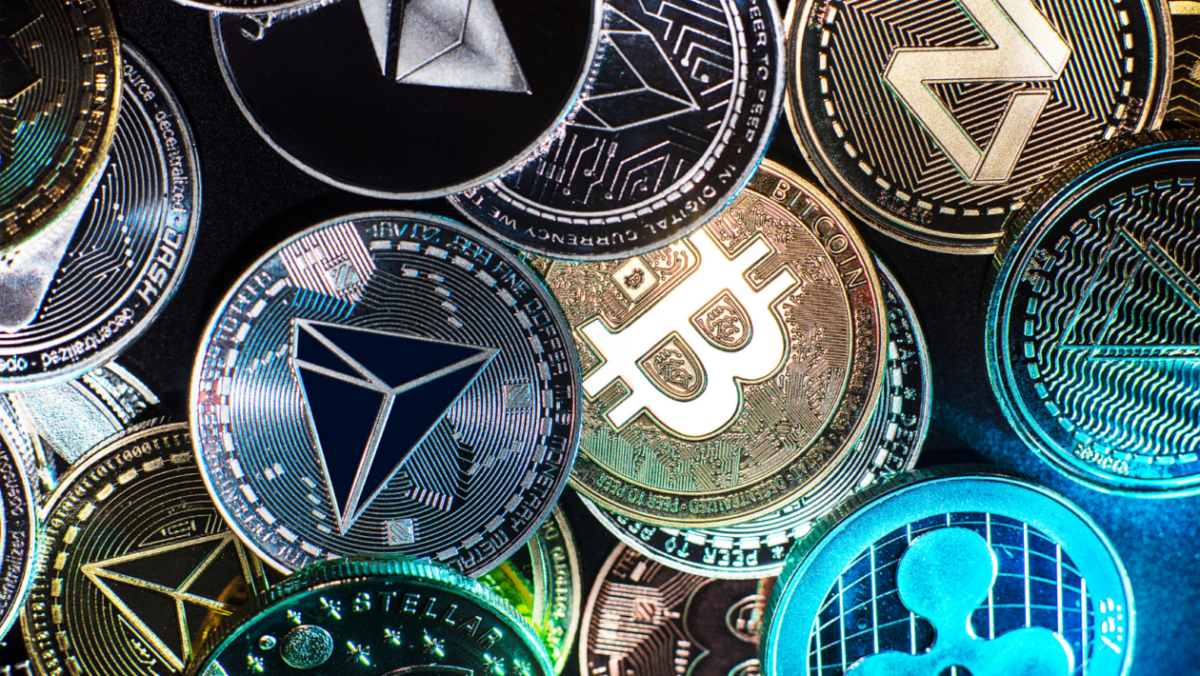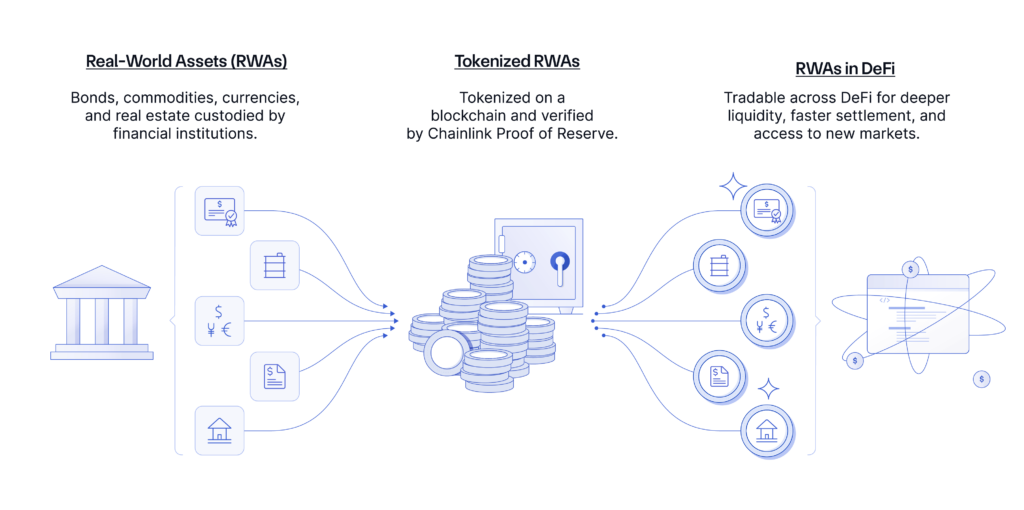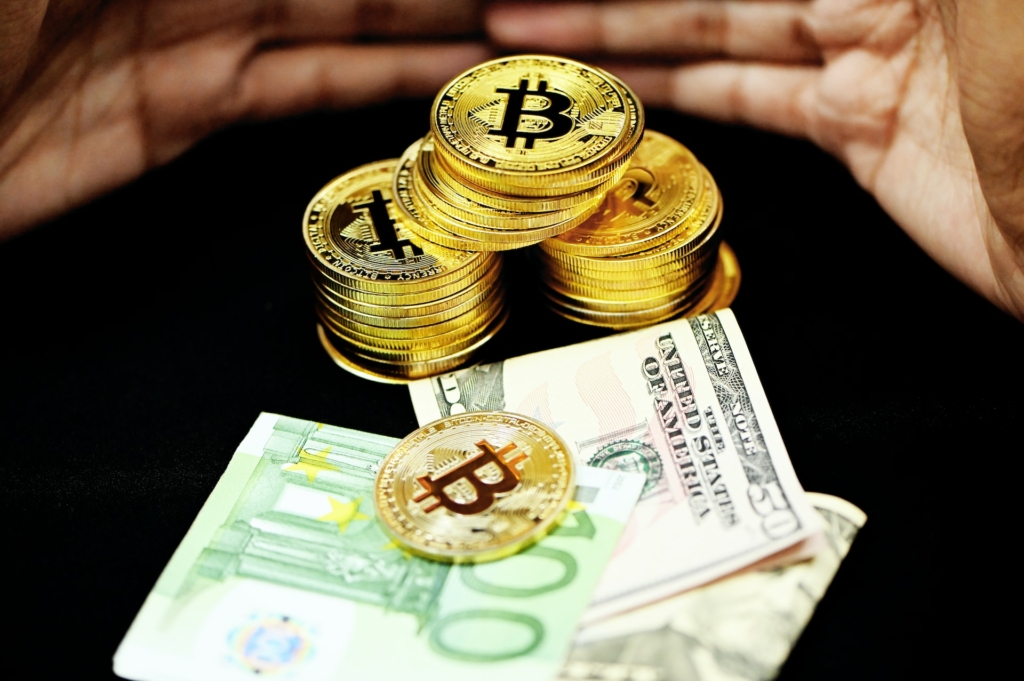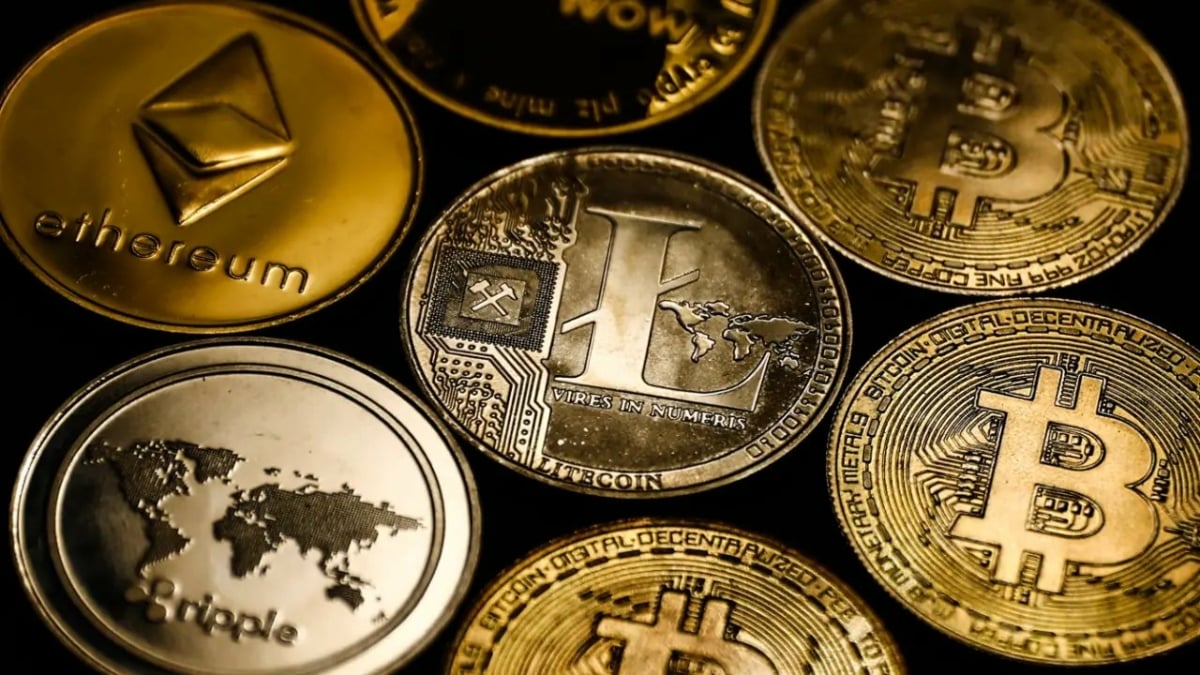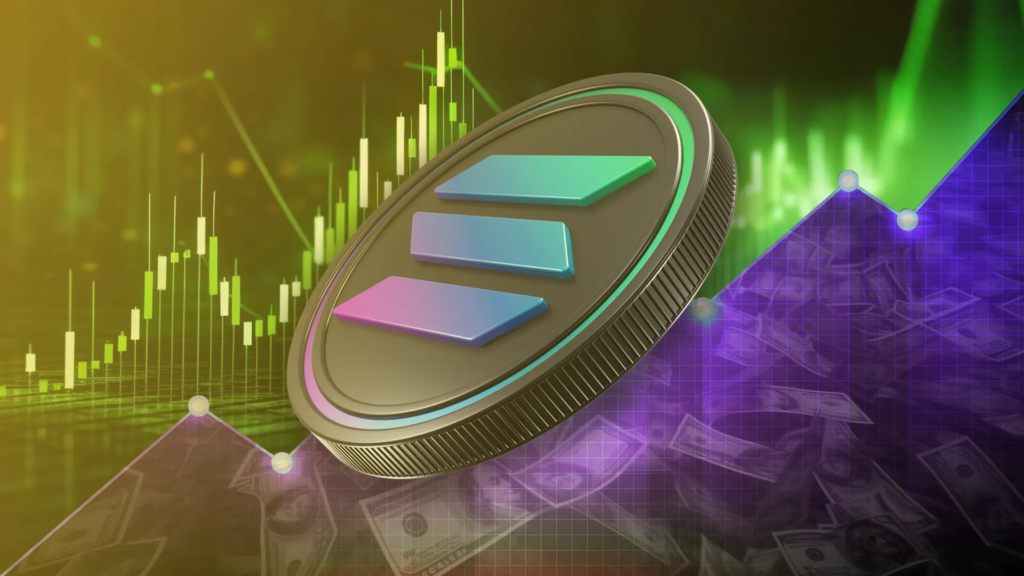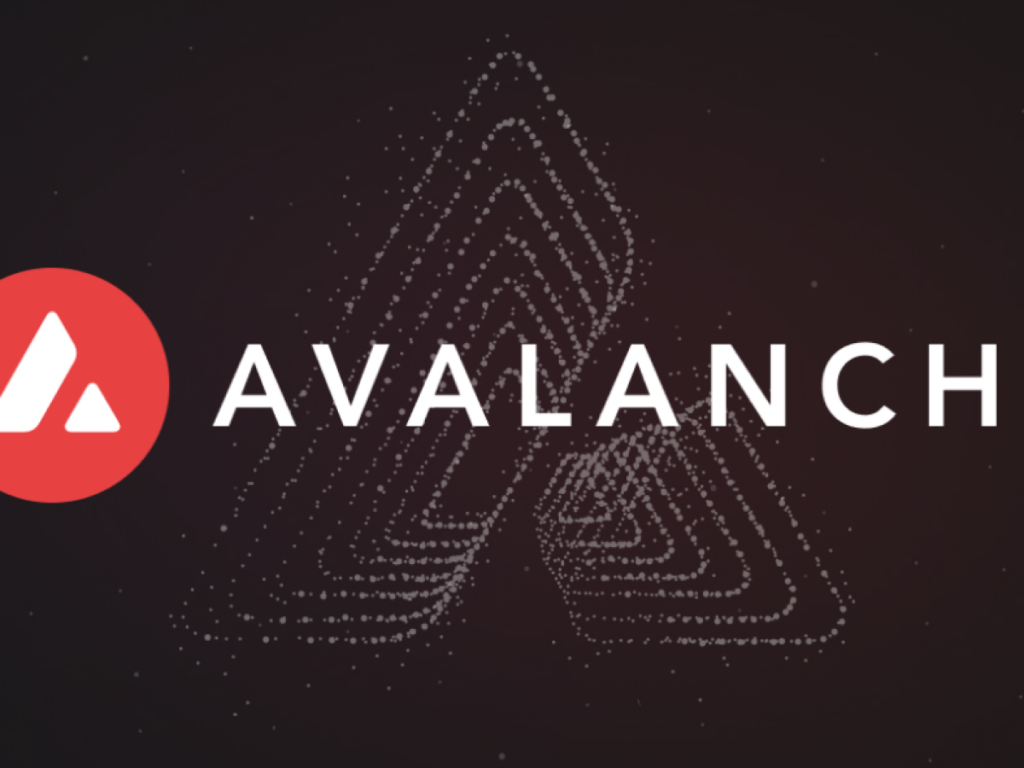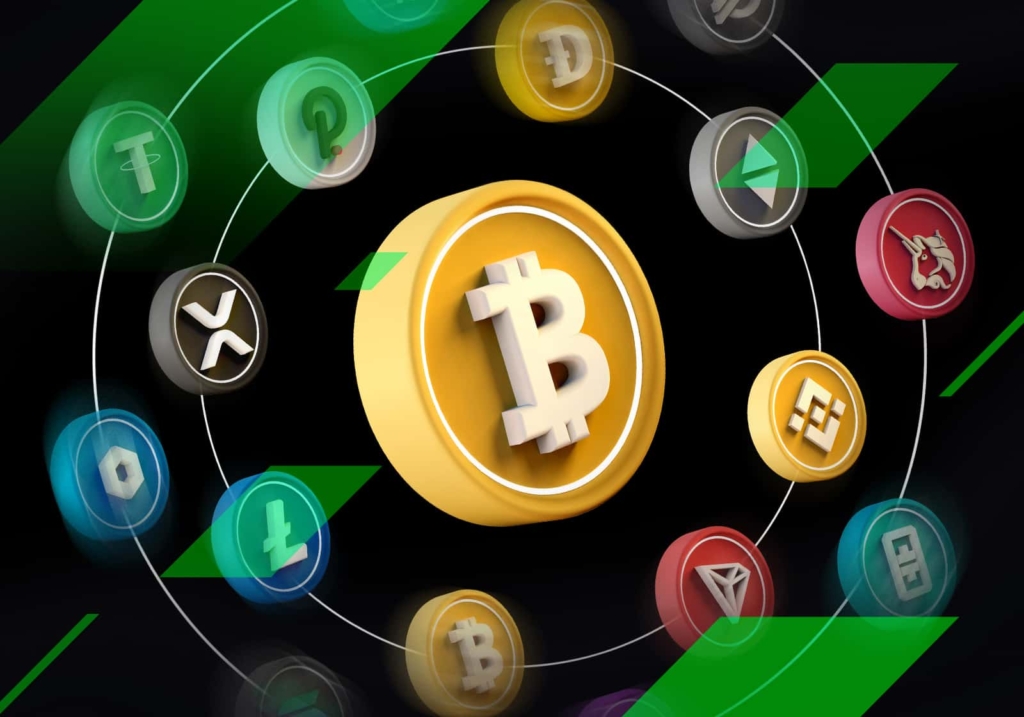Donald Trump has emerged as an unexpected champion of cryptocurrency.
He made it a prominent issue in his 2024 campaign and laid out a plan to protect decentralized assets while firmly opposing Central Bank Digital Currencies (CBDCs).
Once a vocal critic of Bitcoin and other digital assets, Trump has adopted a platform rooted in financial sovereignty and individual rights, positioning his stance as a safeguard against governmental overreach.
This shift comes as a radical divergence from the current administration’s aggressive legal action against crypto founders as individuals, and mired an entire industry in legal battles to defend their innovations.
We can’t predict the future, but we can take a look at what our new president-elect has said publicly about crypto.
From Skepticism to Support for Cryptocurrency
In the past, Trump was outspokenly skeptical of Bitcoin, famously calling it a “scam” and dismissing it as a tool for criminals. His pivot, however, seems less about the technology itself and more about positioning crypto as a defense against centralization and authoritarian control. Framing his stance as aligned with American ideals, Trump now views decentralized currencies as an extension of economic freedom—a form of digital autonomy that resists state overreach.
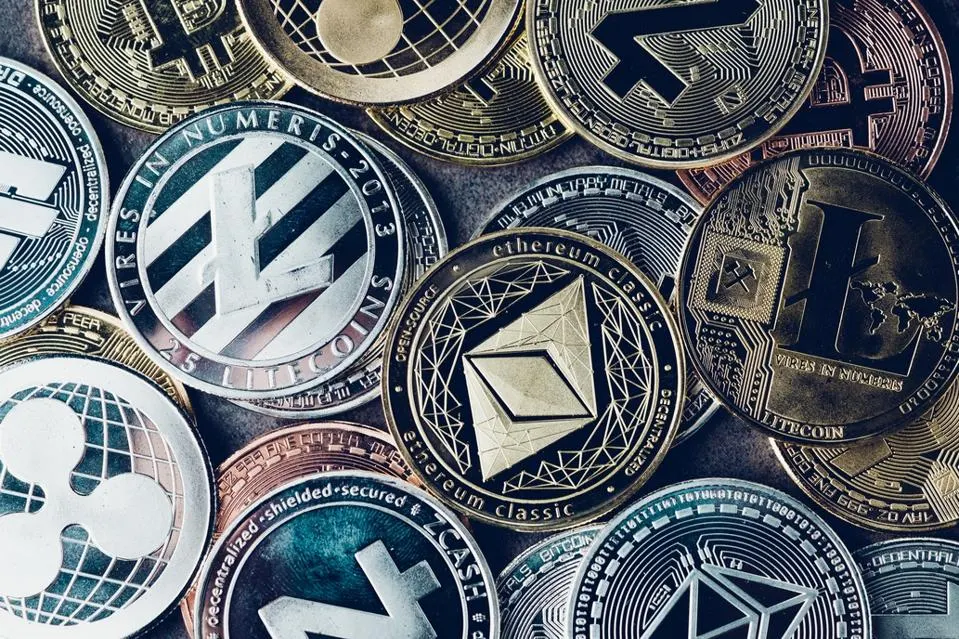
Trump’s 2024 platform pledges to support decentralized crypto, contrasting sharply with the current administration’s growing interest in CBDCs. In his view, a decentralized financial landscape aligns with the principles of limited government, protecting individuals from the risks of centralized control over personal wealth (NewsX World & Money).
Hard Opposition to Central Bank Digital Currencies (CBDCs)
A defining feature of Trump’s platform is his staunch opposition to CBDCs.
CBDCs are digital versions of national currencies, controlled by central banks to mimic what is possible with currencies that are not controlled by the same institutions that created and control our current financial system.
CBDCs give governments and unelected bankers unprecedented access to financial data, and the ability to instantly disable an individual’s ability to transact or to access any of their funds.
Trump has been vocal on this point, stating, “As your president, I will never allow the creation of a central bank digital currency,” and warning that CBDCs could enable the government to freeze or seize individual funds without notice (CryptoGlobe).
For Trump, opposing a U.S. CBDC is about protecting what he calls “the last stronghold of personal financial freedom.”
By rejecting a government-controlled digital dollar, Trump is appealing to a base that sees decentralized finance as a buffer against state encroachment, echoing broader libertarian sentiments within the crypto community.
Many of his supporters resonate with this anti-surveillance message, and his stance has drawn praise from a segment of crypto advocates who view government control of digital assets as a step toward financial authoritarianism (Money & MarketDraft Blog).
A Regulatory Overhaul for Crypto: Trump’s Pledge to Reshape the SEC
The Trump 2024 campaign includes a plan to curtail what he calls the “overreach” of regulatory agencies like the SEC, which, under the current administration, has increased its prosecution in the crypto space.

Trump’s team argues that aggressive regulatory actions drive innovation offshore, risking the U.S.’s position as a leader in crypto.
In a statement, Trump promised to replace the SEC Chair and pivot toward a regulatory framework that balances oversight with innovation.
This change, according to Trump, would make the U.S. a haven for crypto development while protecting self-custody rights—a key issue for crypto advocates concerned with maintaining control over their own assets (NewsX World).
Bitcoin Mining and a National Bitcoin Reserve
Among Trump’s more ambitious proposals is support for Bitcoin mining within the U.S., which he frames as a strategic move to counterbalance foreign influence in the crypto market.
Mining, the energy-intensive process of securing blockchain transactions, has been criticized by environmentalists but embraced by some as a path to energy independence.
Trump has expressed enthusiasm for the industry, suggesting that increased domestic mining could “keep Bitcoin mining power within the United States.”
He envisions the U.S. as a crypto powerhouse and has floated the idea of establishing a national Bitcoin reserve from assets seized by the government, suggesting that Bitcoin could act as a “digital gold” for national security (NewsX World).
Libertarian Appeal: Embracing Financial Sovereignty
Trump’s current positioning aligns with libertarian values around individual sovereignty and limited government control, making him popular with segments of the crypto community.

Many see his anti-CBDC stance as a crucial stand for financial independence, especially in contrast to his opponent, who favors more stringent regulations and environmental accountability for crypto mining.
Trump’s base is enthusiastic about his commitment to defending self-custody rights, which they see as essential to the future of crypto (MarketDraft Blog & CryptoGlobe).
While Trump’s anti-establishment rhetoric and commitment to personal freedoms have earned him support among Bitcoin advocates and pro-decentralization voices, his stance is not without its critics.
Market Impacts and Future Prospects
The crypto market has responded positively to Trump’s supportive stance.
Bitcoin prices surged to record highs following his recent statements, as investors anticipate a more favorable regulatory climate under his administration.
Analysts suggest that if Trump’s policies materialize, they could position the U.S. as a central hub for crypto innovation.
Conclusion
Donald Trump’s 2024 stance on cryptocurrency marks a significant departure from his earlier skepticism, now rooted in a vision of financial sovereignty and limited government control. By opposing CBDCs and pledging support for decentralized assets, Trump has aligned himself with the pro-crypto community’s values. As his campaign promises underscore a commitment to deregulation and personal freedom, his influence may usher in a new era for cryptocurrency in the U.S.

